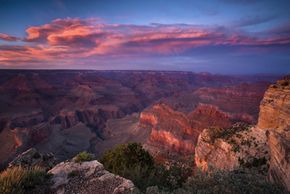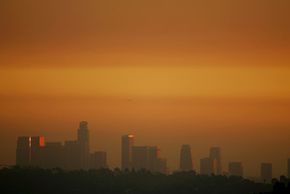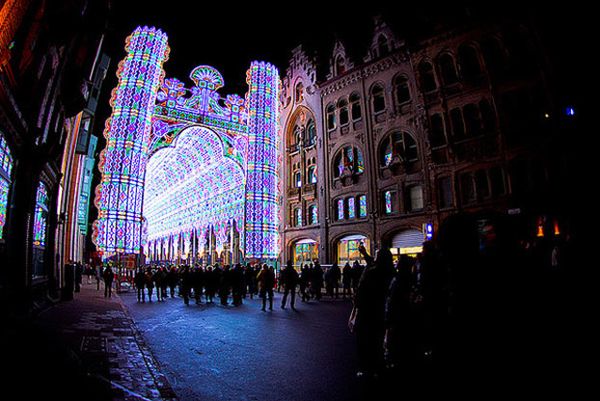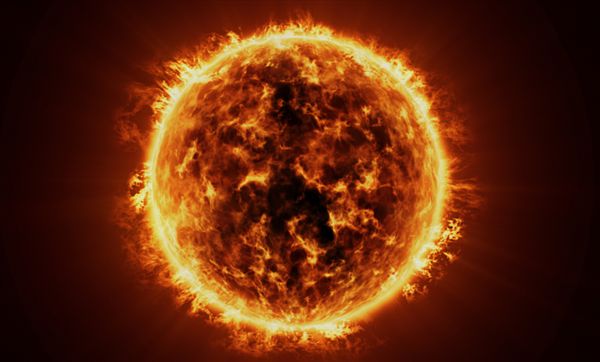There aren't too many positives to be found in air pollution. It's unhealthy, unsightly and damaging to the planet that we hope to spend a lot more time on. But could it be that there's actually an upside here? Might the sky-blocking phenomenon known as smog actually enhance sunsets?
Sunspot Image Gallery
Advertisement
Most people think the answer is yes -- that smoggy cities like Los Angeles and Beijing, with hazy skies most of the time, at least get to have extra-brilliant sunsets to cough at as a result of that haziness. As it turns out, those people are mostly wrong. It all starts with the science of sunset -- how those colors come to splash across the sky as the sun goes down.
When the sun is high in the sky, its light travels a relatively short path through the atmosphere to reach your eye, the viewing point of the light. In that sunlight are all of the wavelengths of visible light, and each wavelength is viewed as a different color. The molecules in Earth's atmosphere, mostly nitrogen and oxygen molecules, scatter some of those wavelengths, but not others. Because those molecules are small compared with the wavelengths of visible light, they only end up scattering the shorter wavelengths, sending those light beams in all directions, out of the direct path of the light on its way to your eye. This selective scattering of wavelengths, or colors, is called Rayleigh scattering. The sky is blue during the daytime because the wavelengths for violet and blue are the shortest in the spectrum. They are scattered more than any other colors in the light, and as these wavelengths scatter across the sky, that sky turns blue. (It would actually be violet except that the human eye is more sensitive to blue [source: NOAA].)
As the sun moves across the sky, this changes.
The Earth is a sphere, so the distance between the sun and the ground changes as the sun moves across the sky. At high noon, that distance is the shortest; at sunset, when the sun is at the horizon, that distance is the longest. When the distance is longer, there's more atmosphere for the light to travel through before you perceive it. Rayleigh scattering is still in effect, but it produces an entirely different result.
Advertisement



